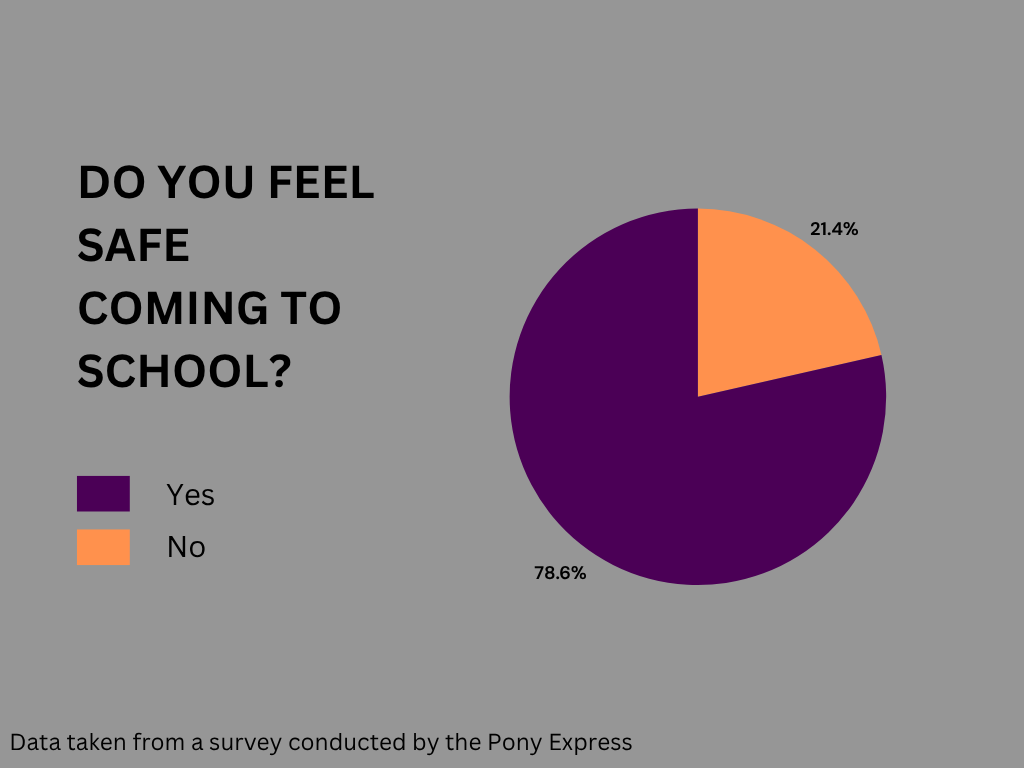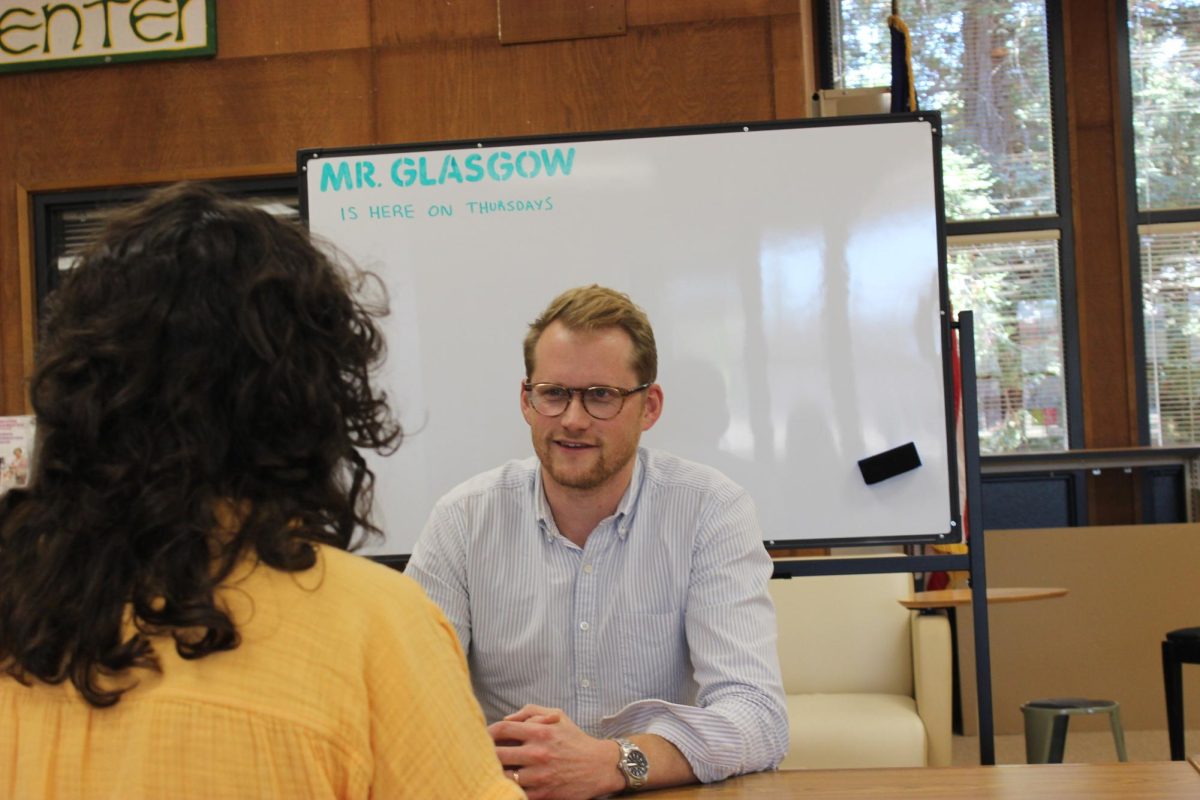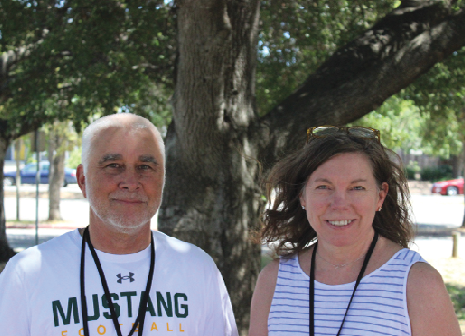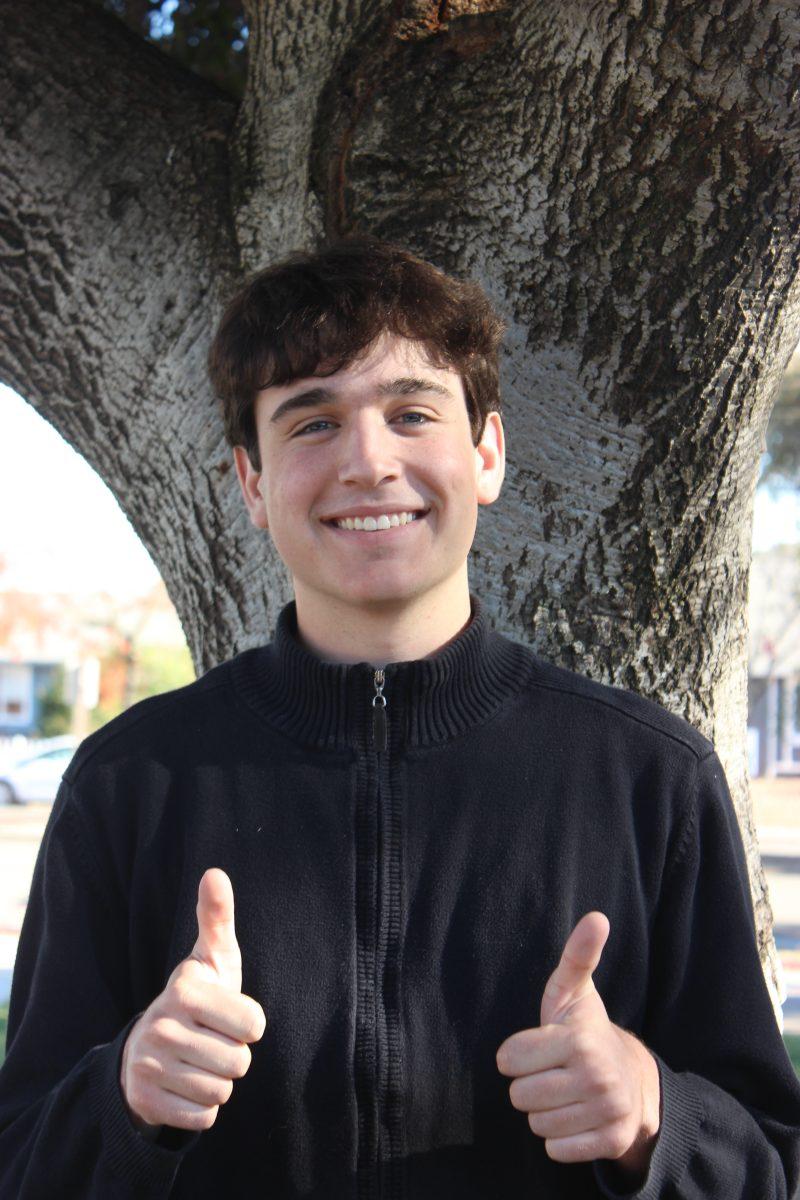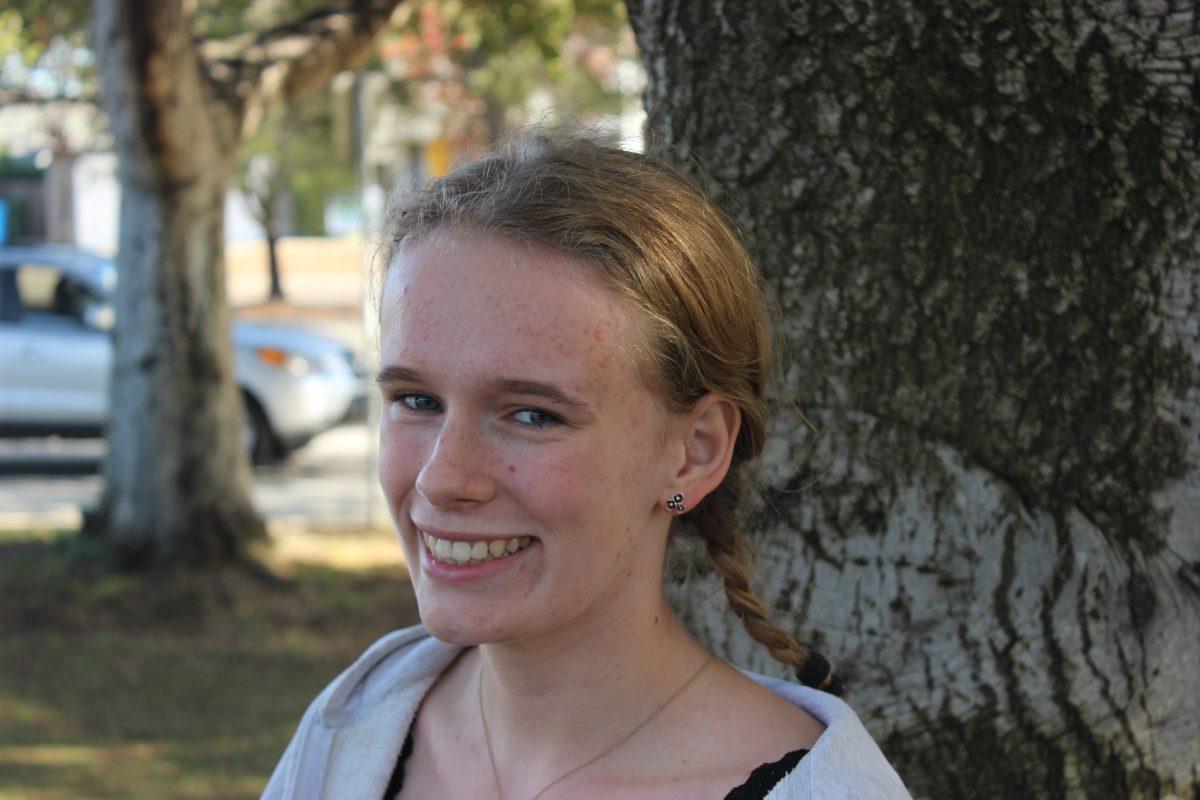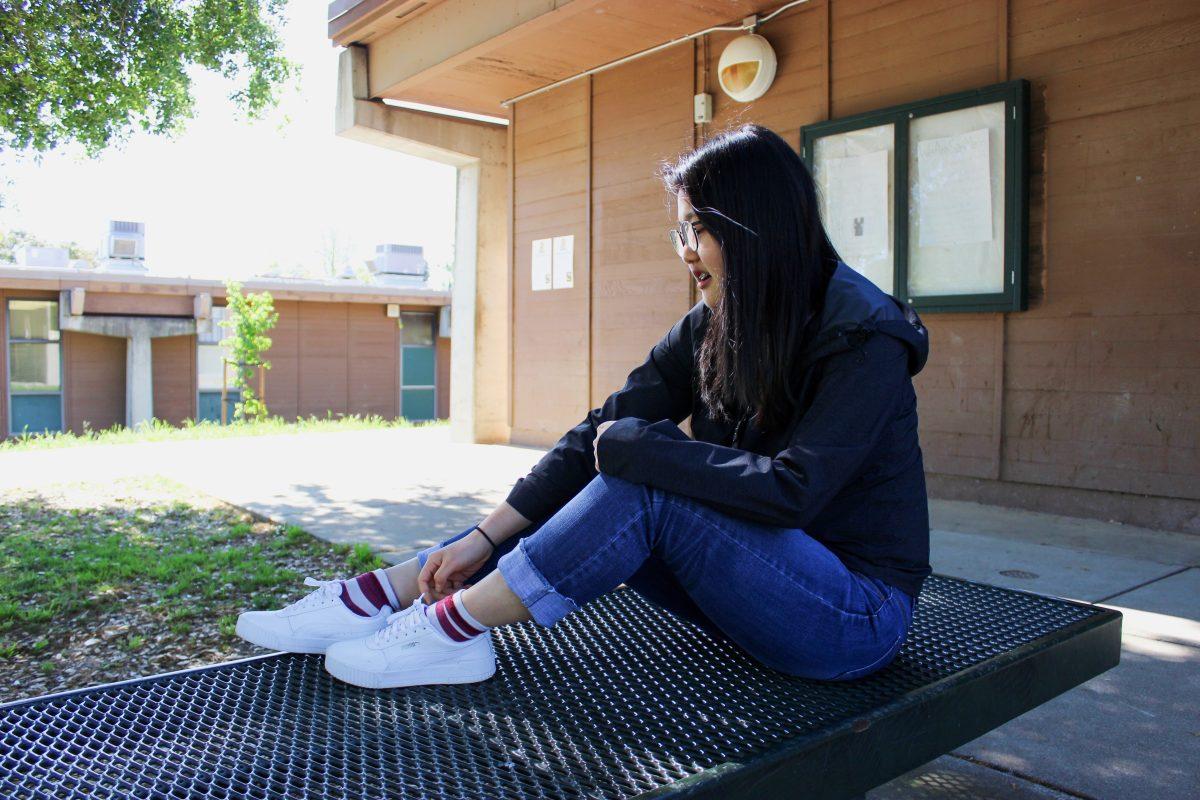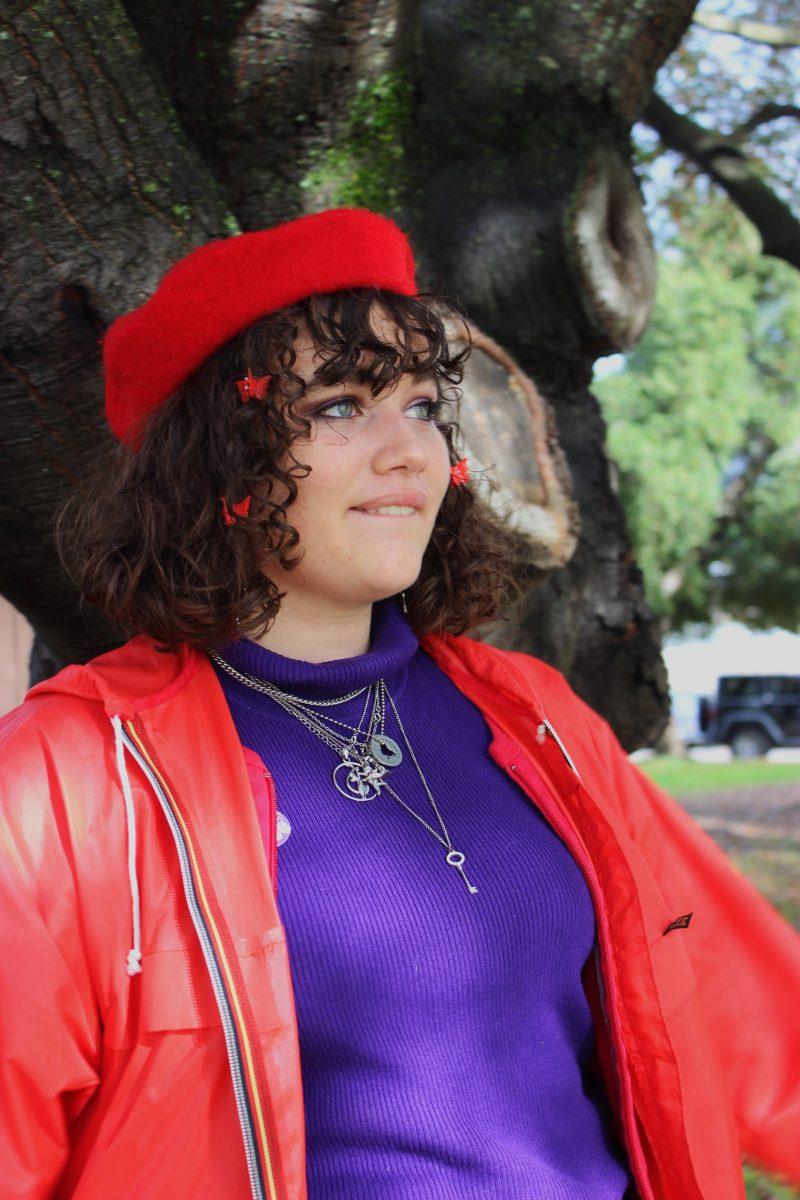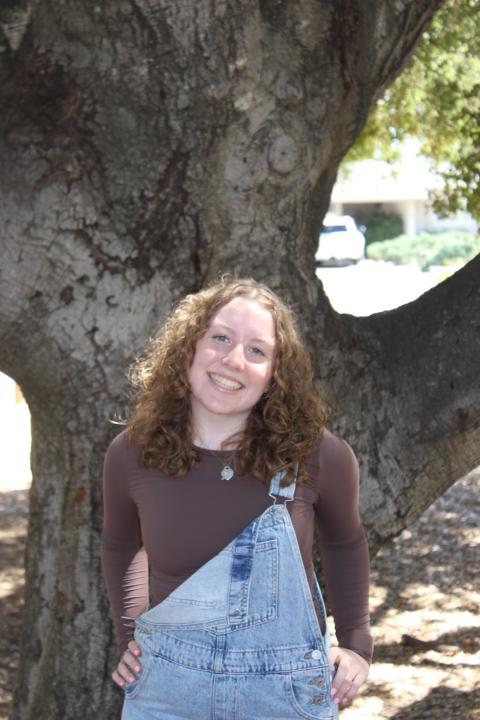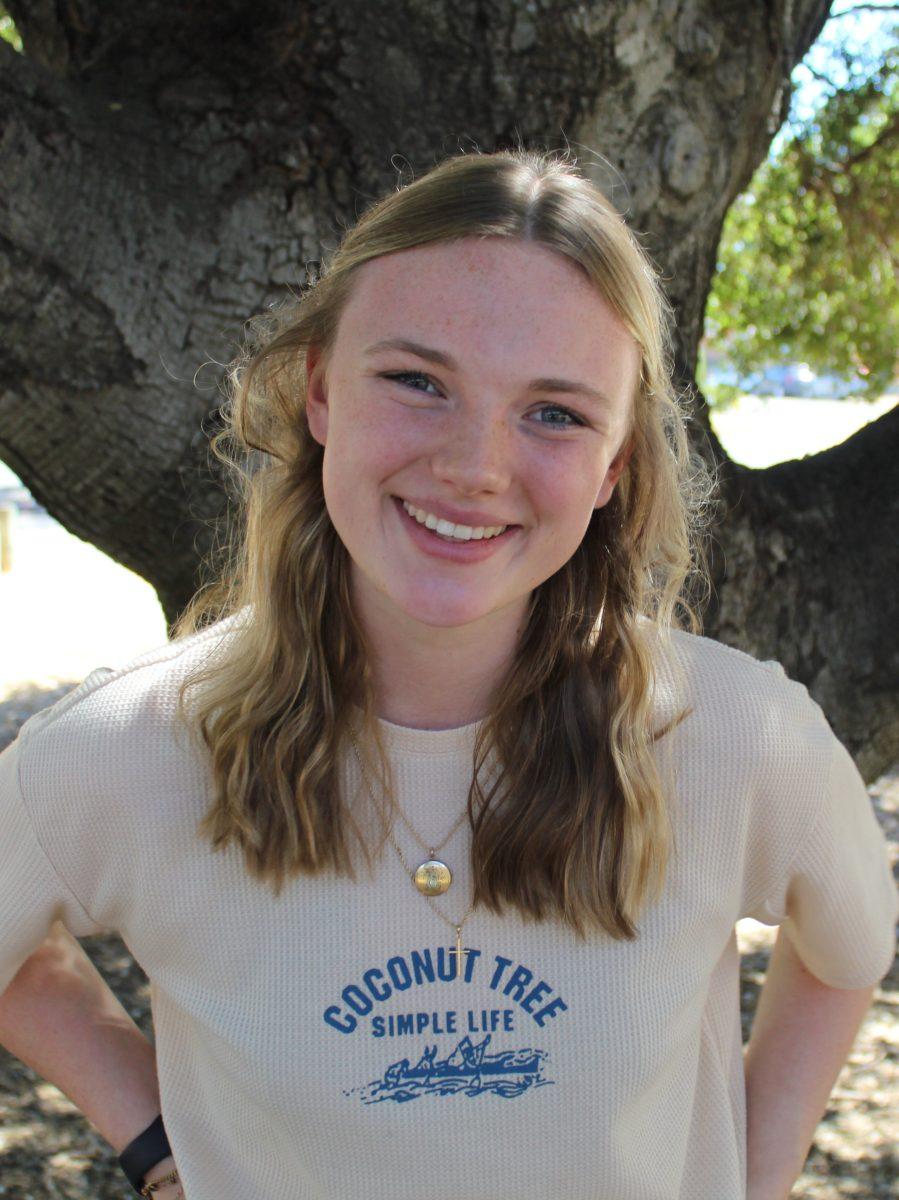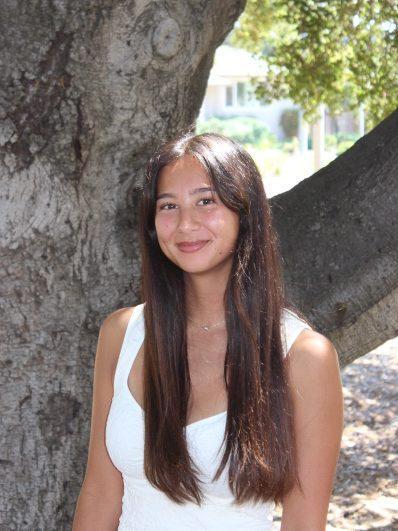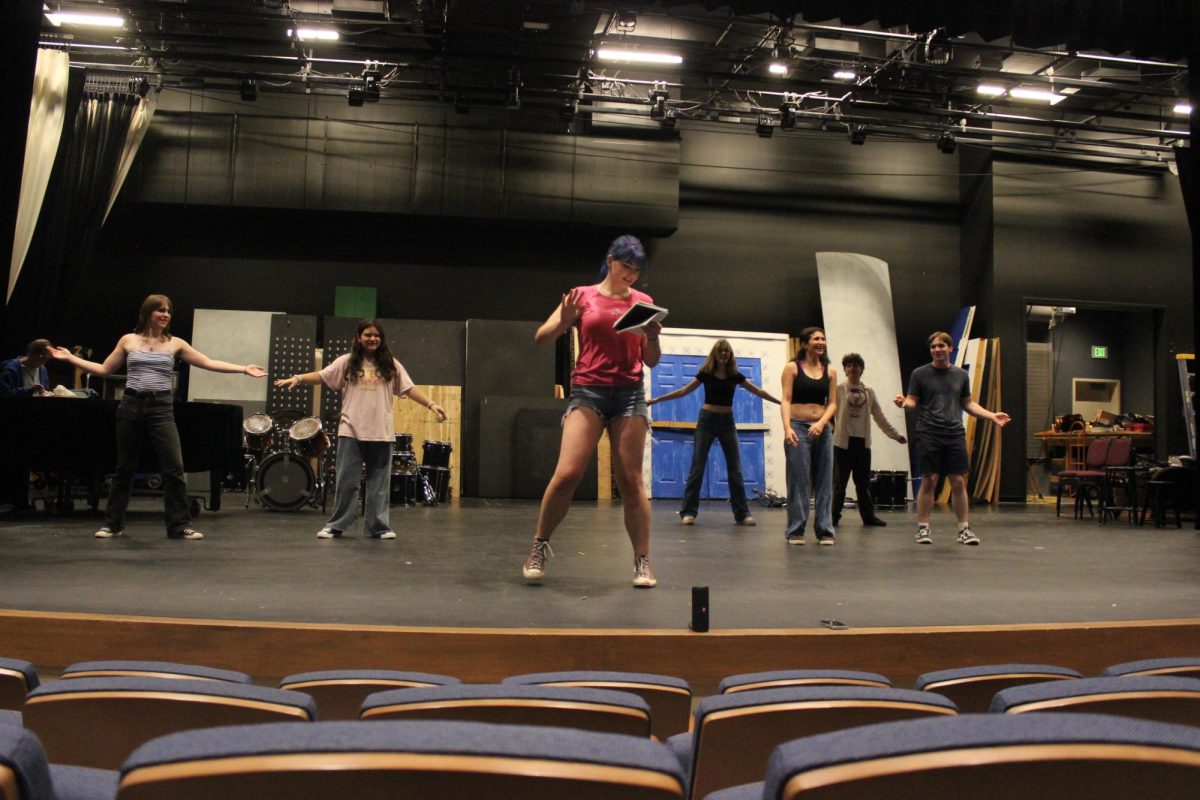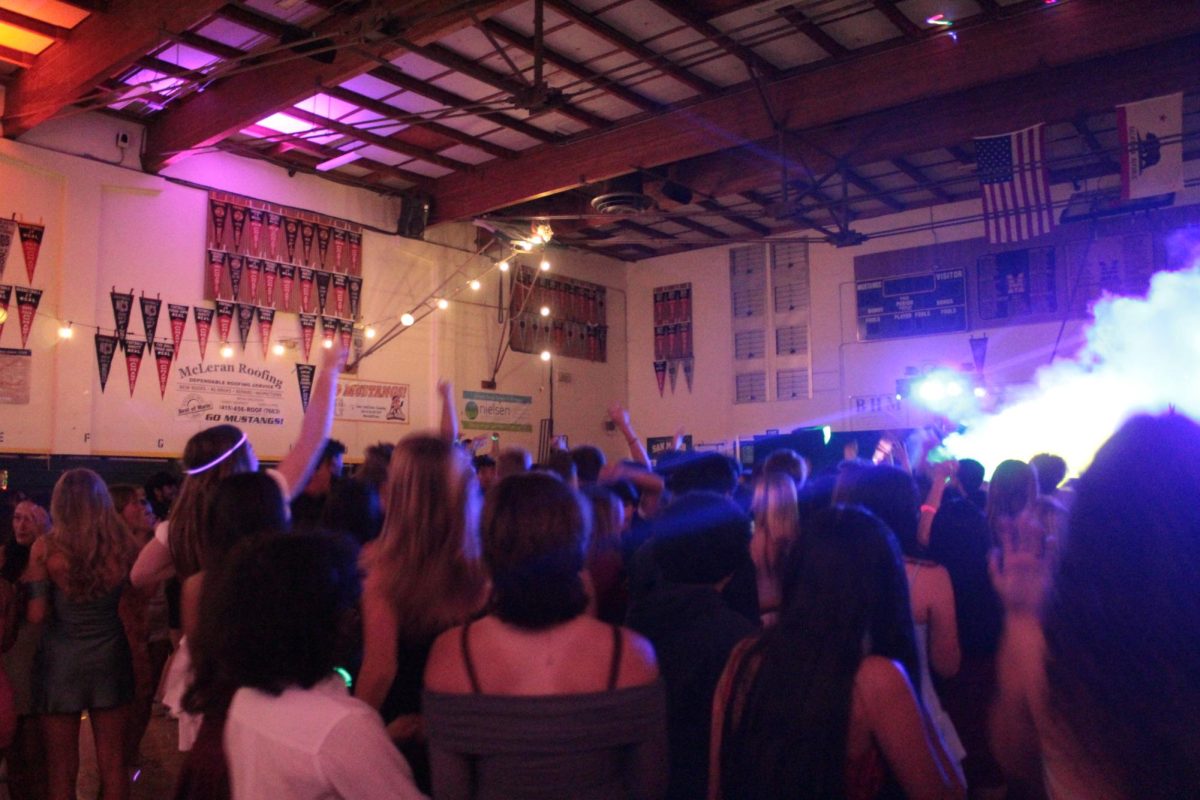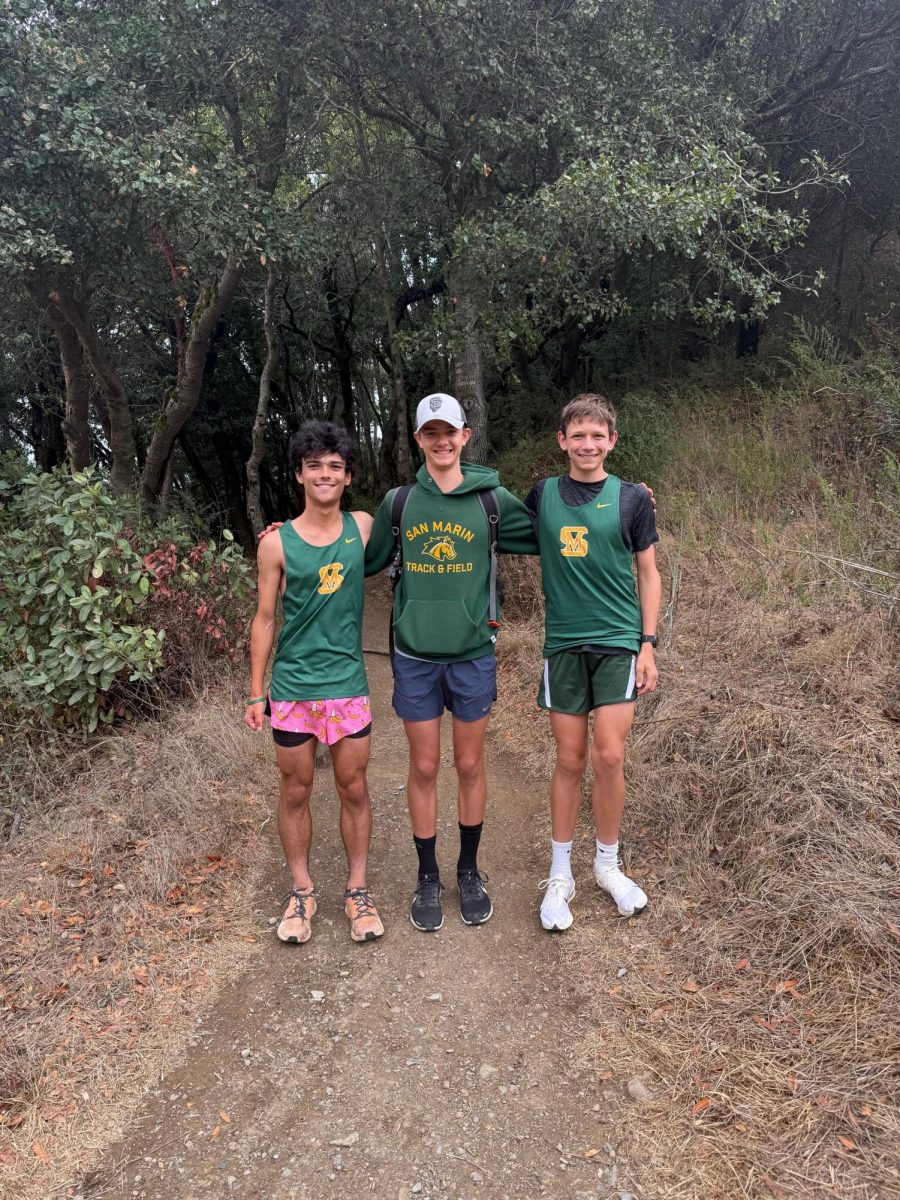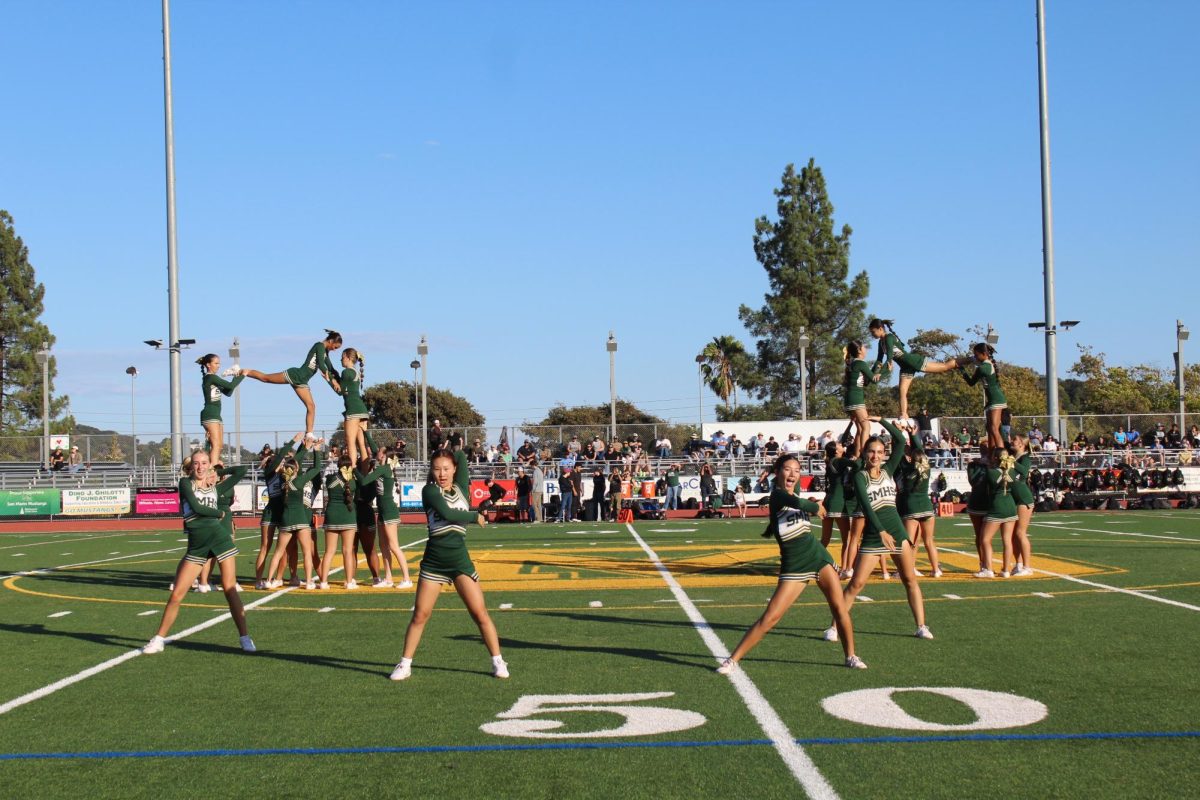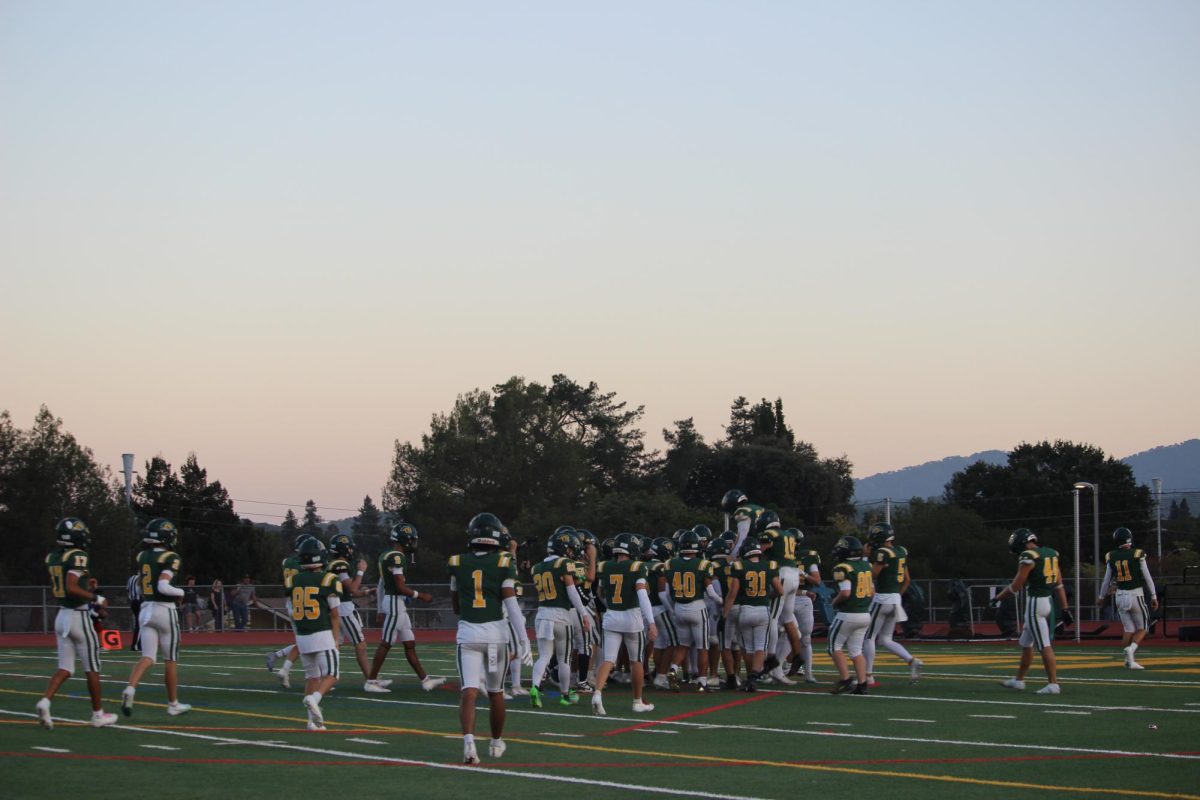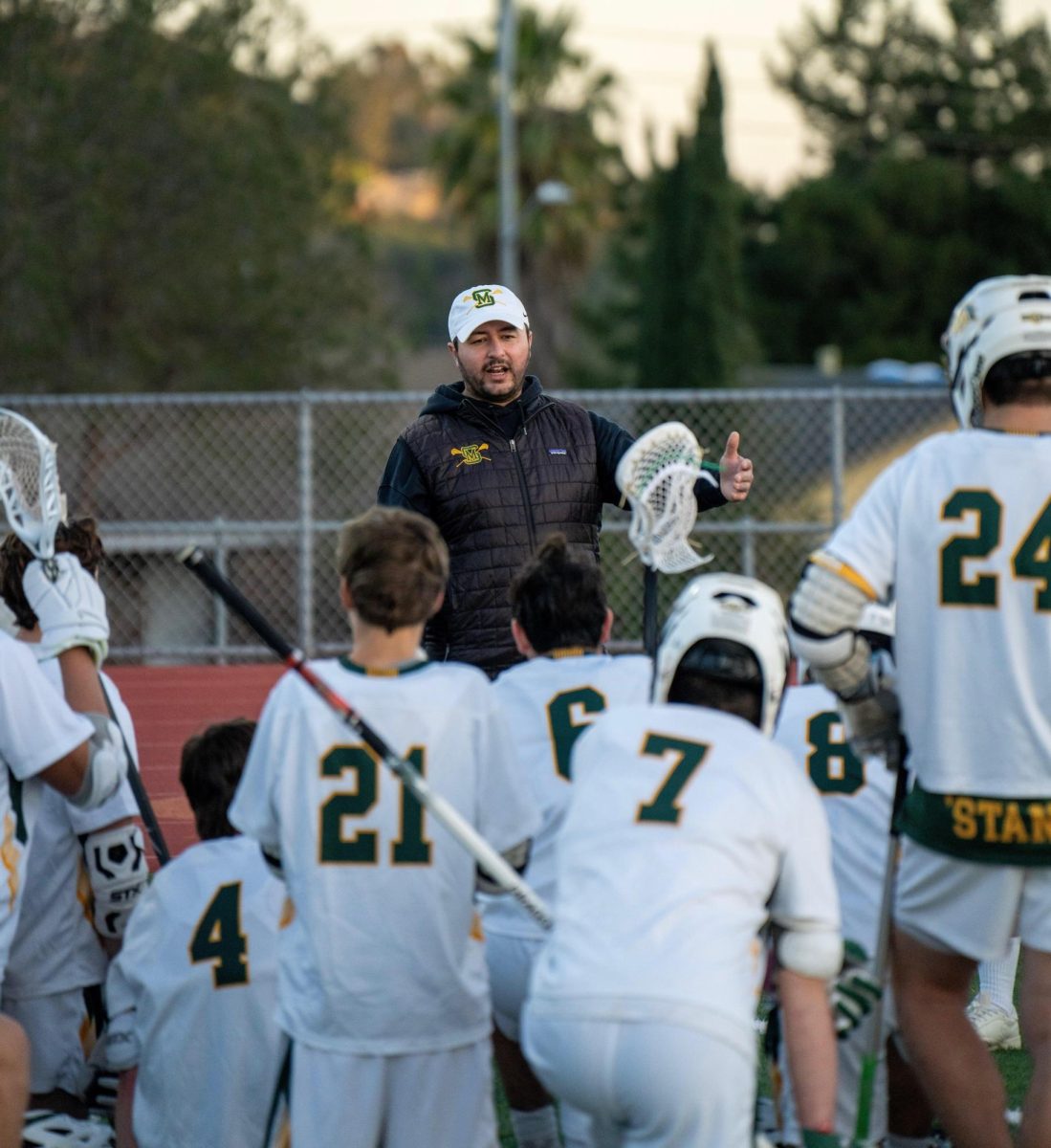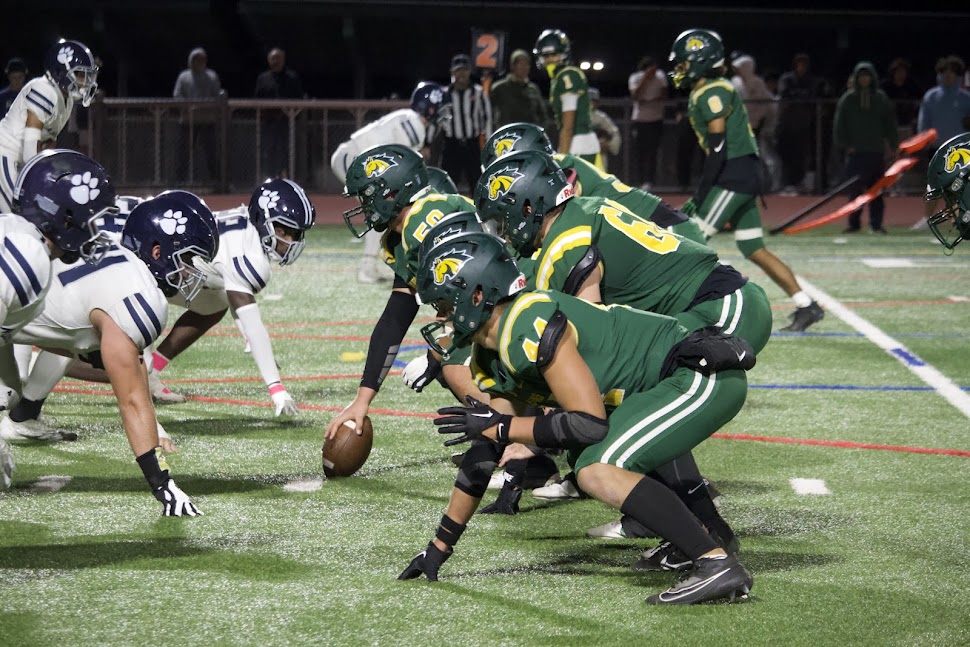by Jenna Clark, editor
Administrators are working to create several academies to complement already-existing academies (STEM, Social and Environmental Justice Academy (SEJA), Biotechnology) in order to pique student interest and develop strong learning communities. The long-term goal of administration is for every student to be part of an academy. Students at Sinaloa, San Jose, and Hamilton Middle Schools have taken surveys to help administrators determine which academies students would be most interested in. They will use that data to decide what academies to work on, maximizing student engagement.
The long-term goal of administration is for every student to be part of an academy. Students at Sinaloa, San Jose, and Hamilton Middle Schools have taken surveys to help administrators determine which academies students would be most interested in. They will use that data to determine which academies to work on, maximizing student engagement.
Teacher interest is a crucial component for creating a new academy. Teachers create the curriculum for academies, so they must express interest for a new academy to be formed. Scheduling conflicts may also be a problem regarding academies, and not just for students. If teachers are working together to create a curriculum, they all need to have a common prep period where they can plan. Thus, it can be difficult for the Master Schedule to fit the needs of both students and teachers. Teachers for SEJA did not have a common prep period this year, which made scheduling very difficult.
Mr. Mike Spinrad taught for the Global Academy, now Social and Environmental Justice Academy last year, but no longer teaches for an academy.
“Students that do well in Project-Based Learning got a lot out of it,” said Spinrad. “Some students were very engaged and some students did only enough work on their projects to pass. This year may be different–the second year of the class gives teachers more time to fine-tune the curriculum–and there are more high achieving students in the program this year. I left the Global Academy after the first year, because it wasn’t a good fit for me personally. If we eventually have a business and marketing academy I would be happy to be involved in it.”
One academy in consideration is a public service academy, which would have an emphasis on criminal justice and firefighting. San Marin plans to work with the Novato Police and Fire Departments to develop hands-on activities for learning. Public service academies are constantly evolving and prepare students for jobs that are in high demand, specifically in the Bay Area, while working to attract them as well. Other academies that are being considered include a humanities academy, a business academy, and a sports management academy.
“We want to interest kids and engage them,” said Assistant Principal Mike Casper, “and I think this is an area that is really important and that we’re lacking qualified professionals in.”
Casper and several San Marin teachers and administrators visited Elk Grove High School in Elk Grove, CA to observe their public service academy. In the academy, freshmen take a public service class together, then after freshman year disperse and take public service classes focusing on what they are interested in, but meet with their freshman class once a week, similar to Advisory.
“There weren’t really the strong cohorts for projects,” Casper said. “It was more like various public service classes that evolve and change over time. They had a cohort freshman year and half-an-hour a week of Advisory, but they kind of went on their own paths and weren’t together for three periods a day.”
One possible problem that academies bring is the creation of AP versus non-AP communities. The plan is for academies to have two to three fixed classes together, so strong communities are built, but for some academies, those fixed classes could be non-AP courses, thus dividing students. Administration plans to allow students to take classes outside of their academy, but students could be fixed in their academy’s CORE classes and not be able to fit AP classes into their schedule. The Social Environmental Justice Academy has three fixed classes that all members take as an integrated cohort. These classes are English, Social Studies, and Science, however none of them are AP options.
Academies also bring about the problem of their acceptance process. The acceptance processes have not yet been planned for future academies. Casper hopes for the public service academy to allow all students access and not base acceptance on grades or attendance.
“I think with academies there are drawbacks, and [one] of the drawbacks is competition,” Casper said. “I think the academies will be great, but I think there will be people that will probably have perceptions about them that aren’t true.”
Depending on which academies students apply for, some academies are going to be more popular and difficult to get into than others, which could potentially create a divide among the academies.
“I don’t know if we have evidence per se that the academies will meet [the objectives],” Casper said. “But I think there is evidence that we need to work on student engagement in the classroom.”

